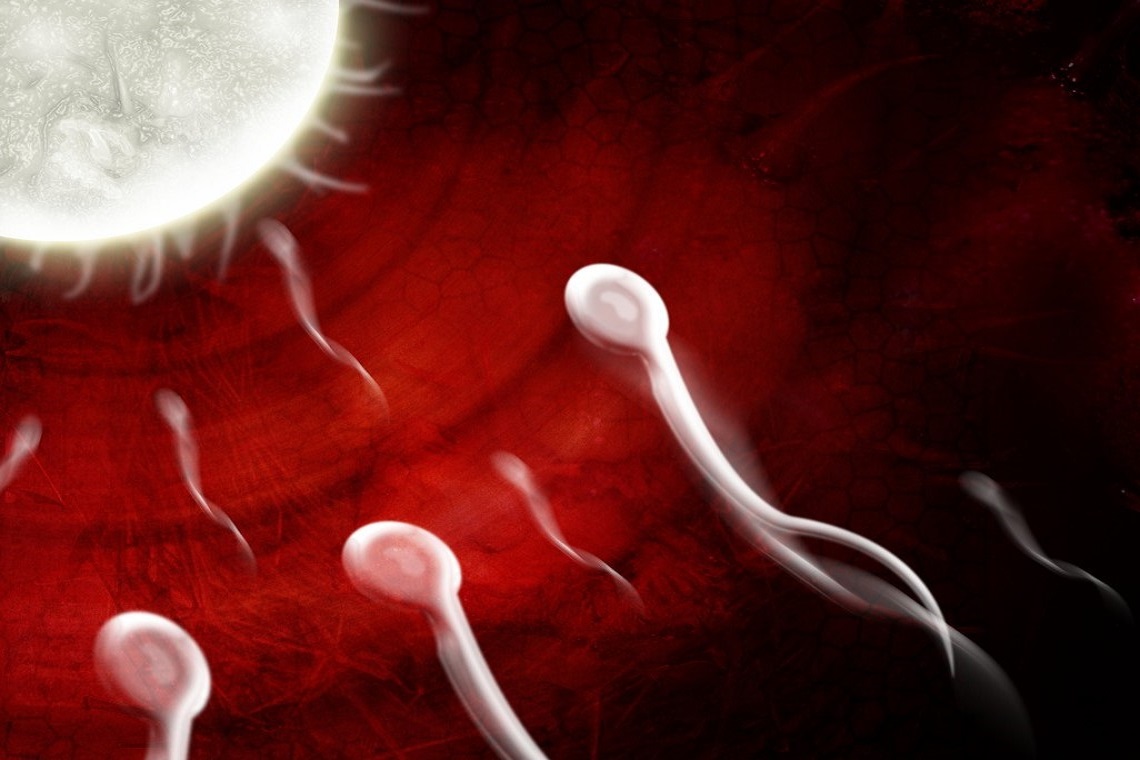How sperm find their way UTokyo researchers continue to unravel the mystery of how the male reproductive cell navigates Research news

Researchers have found that a protein in the cell membranes of sperm plays a key role in how they find their way to eggs. The PMCA protein may also help explain how egg cells only interact with sperm from the same species. PMCA may even be a target of drug discovery.
Sperm are excellent navigators. If they weren’t we wouldn’t even be here. Professor Manabu Yoshida from the Misaki Marine Biological Station at the University of Tokyo and colleagues investigate why sperm behave the way they do.
Sperm cells, bacteria and other microscopic organisms use varying concentrations of chemicals in their environment – concentration gradients – to approach or avoid something in a process called chemotaxis. Egg cells release an attractant chemical, which lures the sperm. The researchers studied this action in Ascidia – sea squirts, brainless tubular creatures, which are only mobile as larvae.

“We identified that a calcium transport protein – plasma membrane Ca2+ ATPase (PMCA) – has a key role in sperm chemotaxis,” says Yoshida. “PMCA is abundant in the tails or flagella membranes of the ascidian sperm. It binds to the species-specific attractant and alters how the flagella waves, thus directing movement of the sperm cell.”
The team used a range of techniques to measure the effect they observed. These included a highly selective form of chromatography (separation of mixed compounds by diffusion in a fluid) called affinity column chromatography to isolate the attractant released by the egg; laser-based mass spectrometry, which uses lasers to identify what chemicals are in a sample; a quartz crystal microbalance, a sensitive microscopic weighing scale, to measure samples and how they change; and a high-speed camera to view sperm behavior in slow motion.
“With these methods we also found PMCA is responsible for regulating cellular calcium, whereas it was previously believed PMCA had no role in this,” continues Yoshida. “Now we know PMCA plays an important part in cellular function. It makes it a promising target for drug research.”
Image used in header courtesy of Wellcome Images/Bill McConkey CC-BY
Papers
Yoshida K, Shiba K, Sakamoto A, Ikenaga J, Matsunaga S, Inaba K, and Yoshida M., "Ca 2+ efflux via plasma membrane Ca 2+ -ATPase mediates chemotaxis in ascidian sperm," Scientific Reports: November 20, 2018, doi:10.1038/s41598-018-35013-2.






